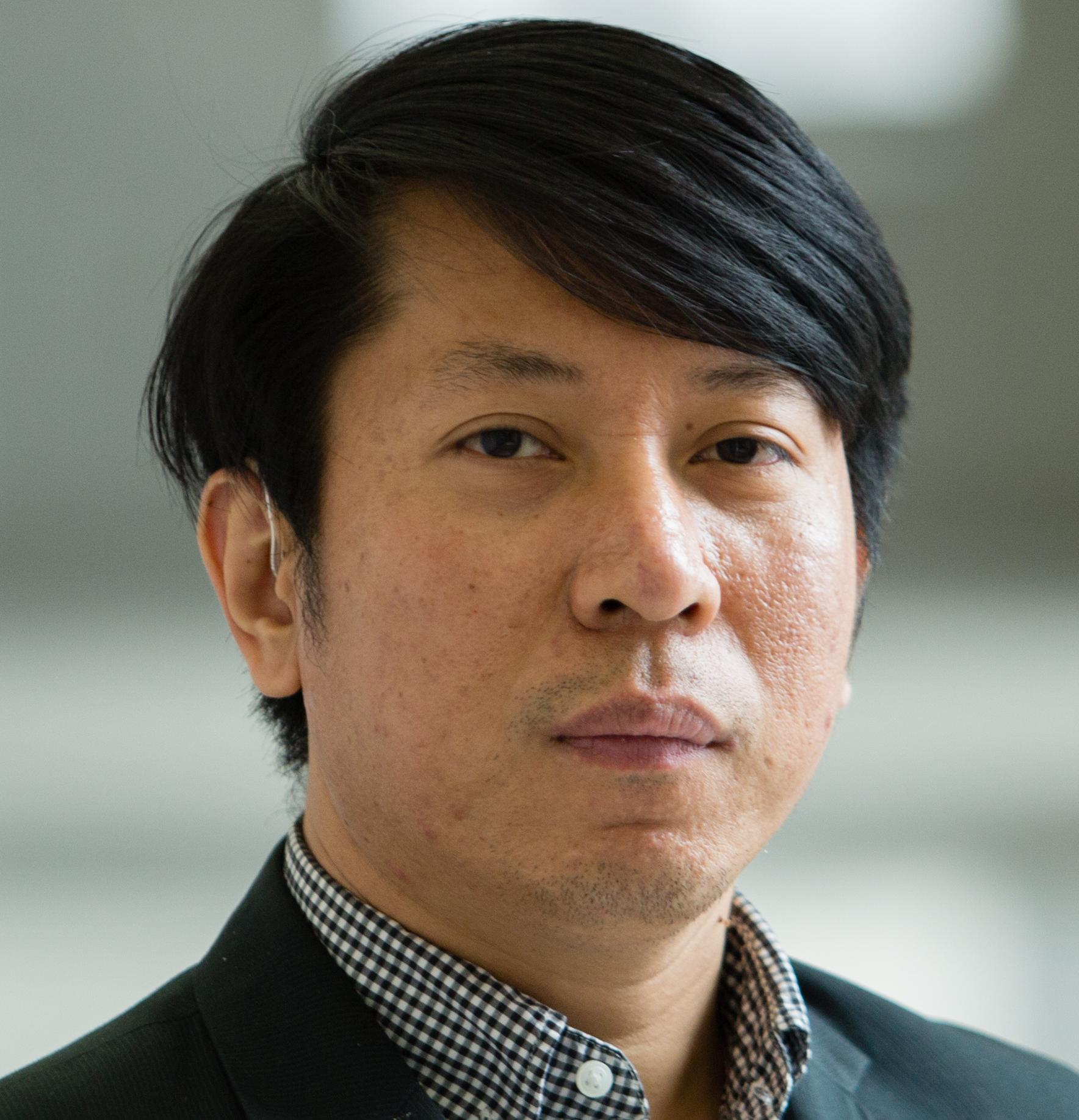U.S. trade and investment ties with ASEAN, the third-largest economy in Asia and the seventh-largest in the world, has been significantly boosted with a series of new initiatives proposed in the recent U.S.–ASEAN Summit concluded in late February.
ASEAN became the strategic focus in the “Rebalance to Asia” strategy. China enjoys comparative advantages in historic, geographic and geo-economic terms, and has been ASEAN’s largest trade partner for six consecutive years since the bilateral FTA was launched in 2010 (bilateral trade over $480 billion in 2014, and total Chinese FDI in ASEAN about $400 billion). In an attempt to counter China’s economic influence and make up for its own loss (Washington traditionally has more leverage in political and security ties), the U.S. began to strengthen its trade and investment ties with Southeast Asia. According to the U.S. State Department, ASEAN countries now are collectively the America’s fourth-largest trading partner. Progress was made especially during Obama administration: U.S. trade in goods with ASEAN countries has expanded by 55 percent and topped $226 billion in 2015, and U.S. FDI in ASEAN has nearly doubled since 2008 with a total stock of over $226 billion.
In line with formal economic dialogues including Trade and Investment Framework Agreements, the most remarkable achievement for U.S. to engage ASEAN countries in trade was the TPP, which aims to set high-level trade rules as to dominate cross-region economic activities. After U.S. engagement in 2008, Malaysia and Vietnam formally became TPP participant in 2010 after Brunei and Singapore. Although ASEAN countries are all parties of RCEP (an alternative pathfinder for an Asia-Pacific FTA), in which it still plays the leading and central role, TPP with the participation of four ASEAN countries and with China excluded was agreed in October 2015 ahead of the RCEP process. It creates a strong psychological effect on forthcoming regional trade discussions.
China and ASEAN are now talking about upgrading their bilateral FTA. Against that background, President Obama initiated a series of new measures in the summit to bring closer bilateral trade ties. He announced new efforts to help all ASEAN countries, including the six that are not yet TPP members (Myanmar, Cambodia, Thailand, Laos, Indonesia and the Philippines), to understand the key elements of TPP as well as the reforms, with the vision and purpose “that could eventually lead to them joining” TPP.
Although it is hard to predict whether TPP will gain the advantage over RCEP, more ASEAN economies have been attracted and expressed their interest in joining TPP. Over the past year, political leaders and high-level officials of Thailand, Cambodia, Indonesia and the Philippines confirmed their interest in joining TPP respectively, and have started to examine the pros and cons in domestic contexts. However, since these economies are more vulnerable and sensitive to market changes, it will still take some time to assess whether they could meet the high standards of TPP.
At the summit President Obama also launched a brand-new initiative, the U.S.-ASEAN Connect. The concept consists of four pillars (Business Connect, Energy Connect, Innovation Connect and Policy Connect), to establish a network of hubs (particularly in Singapore, Jakarta, and Bangkok) across ASEAN to better coordinate U.S. economic engagement and connect more entrepreneurs, investors and businesses with each other. The fastest development goes to the Energy Connect pillar, which aims at supporting ASEAN energy connectivity and clean-energy goals, with bilateral Energy Infrastructure Symposium and Reverse Trade Mission held in December 2015 as an example. The program was sponsored and hosted by U.S. government agencies, and brought ASEAN energy decision makers closer to U.S. energy companies and their technologies, goods and services.
President Xi Jinping proposed the Belt & Road Initiative and the establishment of the Asian Infrastructure Investment Bank, and China is would like to integrate ASEAN in both by facilitating trade and investment, as well as investing to upgrade regional infrastructures. A series of fruits has been obtained in the past two years, particularly in the China-Indochina Economic Corridor, key projects including the China-Thailand Railway, China-Laos Railway, the new Lancang-Mekong Dialogue, Two Corridors Plus One Circle Initiative between China and Vietnam, China-Singapore Government-to-Government Project in Chongqing, etc.
Having been aware of its competitiveness with China in ASEAN’s infrastructure potentials and business opportunities, U.S. also created new approaches in order to strengthen connectivity and enlarge engagement with ASEAN. According to The Diplomat, James Carouso, Director of Maritime Southeast Asia Affairs at the U.S. State Department, said that U.S. is mulling the development of a new facility based in Asia to coordinate and market U.S. infrastructure to the region. The facility would serve as a “one-stop shop” for various U.S. actors, including U.S. Treasury Department, the Export-Import Bank and USAID, to better coordinate and market their activities to Asian nations and other relevant regional institutions.
Both in trade and investment relations, Washington is sparing no efforts expand its leverage with ASEAN amid China’s growing regional influence. Divergence and competition between the two major players seems to intensify, since both economies and their business communities want to seize the initiative in developing a more profound and mutually beneficial economic relationship with ASEAN.
It would be too early to judge whether China or U.S. will take a more favorable position in this trilateral geo-economic interaction. The crucial point for leadership in Beijing and Washington to bear in mind is that China and U.S. should manage the game carefully, in order to avoid zero-sum mentality and exclusive competition in ASEAN’s economic development vision. There is still room to strive for win-win-win results, but only if an open and inclusive mindset is accepted by both Washington and Beijing, and the interests and concerns of each side are respected by the other.

